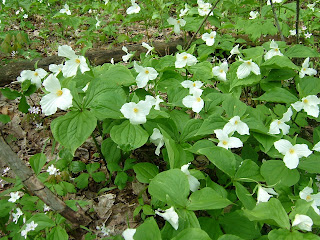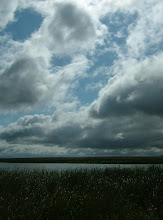
Three crows fly
Three crows fly
over the road and land
rising again as I pass
their dry dismembered meal
an aging rabbit carcass
furry bits of scattered death
Three crows call
from trees across the creek
what do they plot
and plan with their raucous voices
loud against the gentle sounds
of tumbling creek and soft wind in branches?
Three crows wait
high in an oak tree
for the wind and storm to pass
or merely for reason to fight it to fly
they flick their tails to balance
on wildly waving branches
as rain pelts the land
Three crows tumble
they ride the air and glide
then one by one drop and roll
breaking out of the fall
just as wingtips touch wingtips
they play with the wind
Three crows flee
a pair of sparrows that flap
and flutter and rush in and pull back
what sort of crime did they commit
to raise such ire in tiny birds
they beat strong wings in a straight line away
Three crows nest
and tend the pair of ugly young
that are offspring of two and siblings of one
one tends the nest while the other two search
for bits of tender decaying carrion
to drop into the throats
of the hideous hungry chicks
over the road and land
rising again as I pass
their dry dismembered meal
an aging rabbit carcass
furry bits of scattered death
Three crows call
from trees across the creek
what do they plot
and plan with their raucous voices
loud against the gentle sounds
of tumbling creek and soft wind in branches?
Three crows wait
high in an oak tree
for the wind and storm to pass
or merely for reason to fight it to fly
they flick their tails to balance
on wildly waving branches
as rain pelts the land
Three crows tumble
they ride the air and glide
then one by one drop and roll
breaking out of the fall
just as wingtips touch wingtips
they play with the wind
Three crows flee
a pair of sparrows that flap
and flutter and rush in and pull back
what sort of crime did they commit
to raise such ire in tiny birds
they beat strong wings in a straight line away
Three crows nest
and tend the pair of ugly young
that are offspring of two and siblings of one
one tends the nest while the other two search
for bits of tender decaying carrion
to drop into the throats
of the hideous hungry chicks
drawing by
Crow Drawing by Sherri Lee Butler


















































